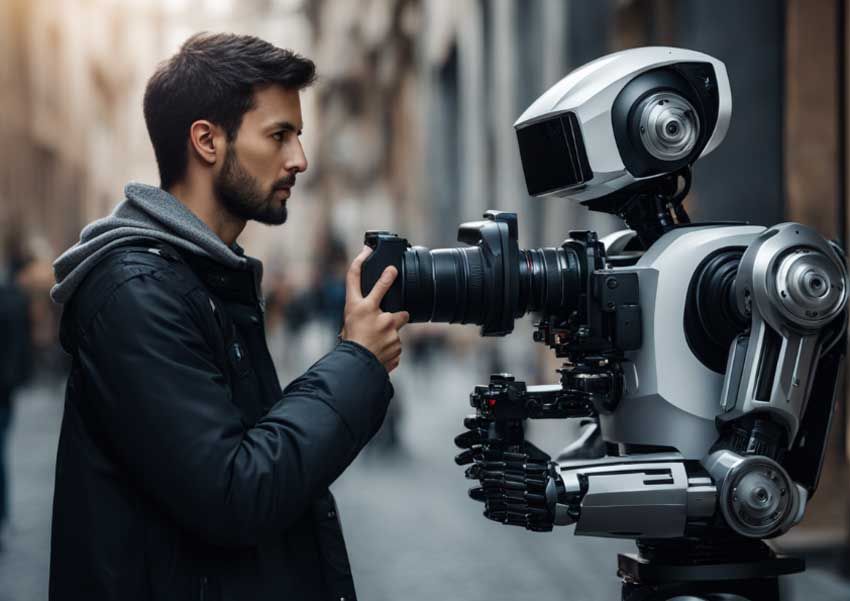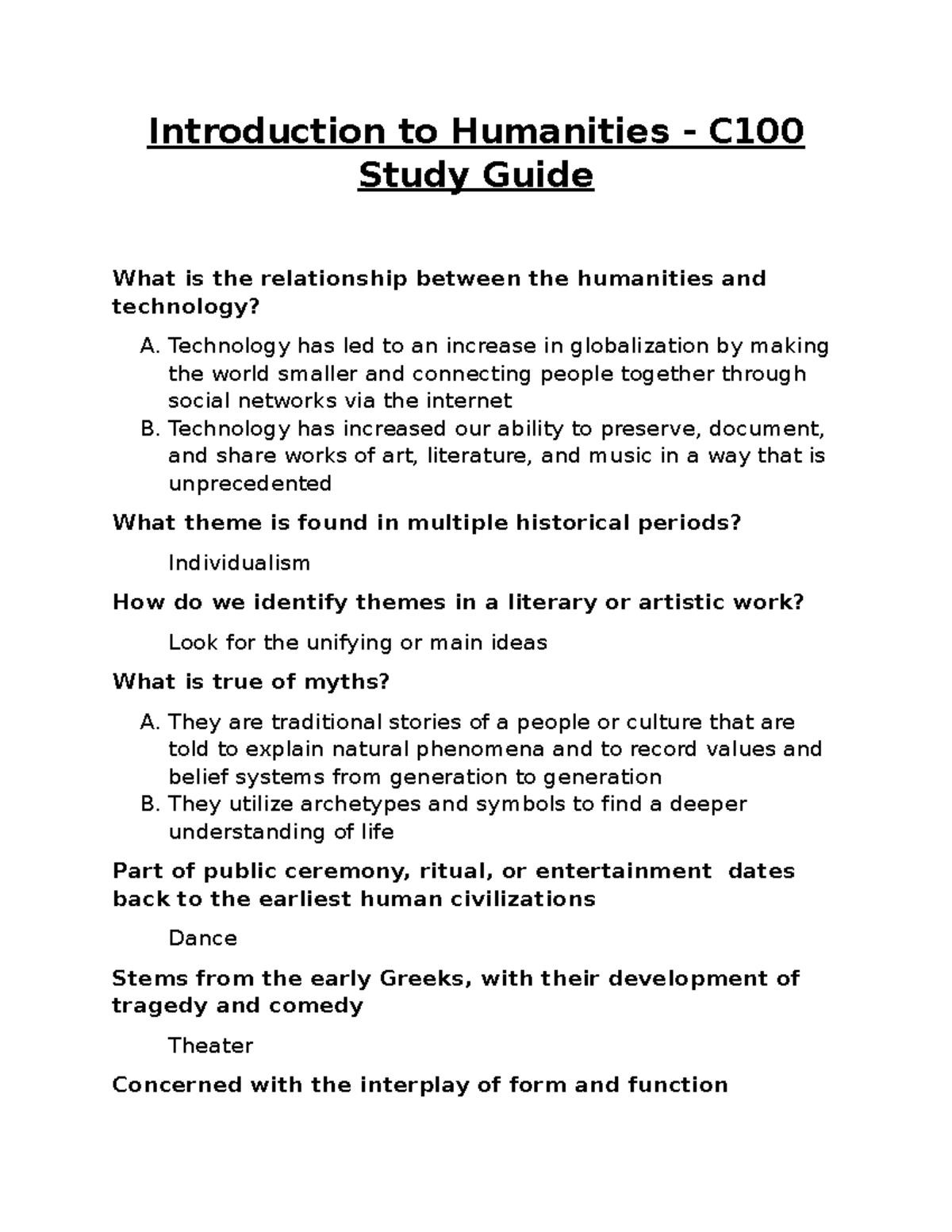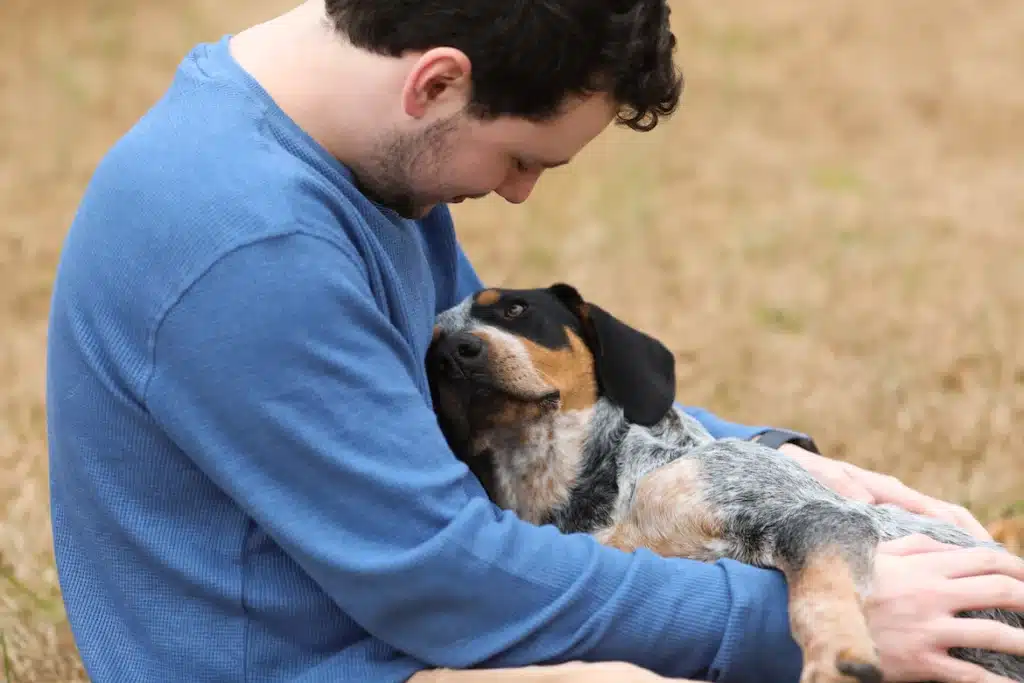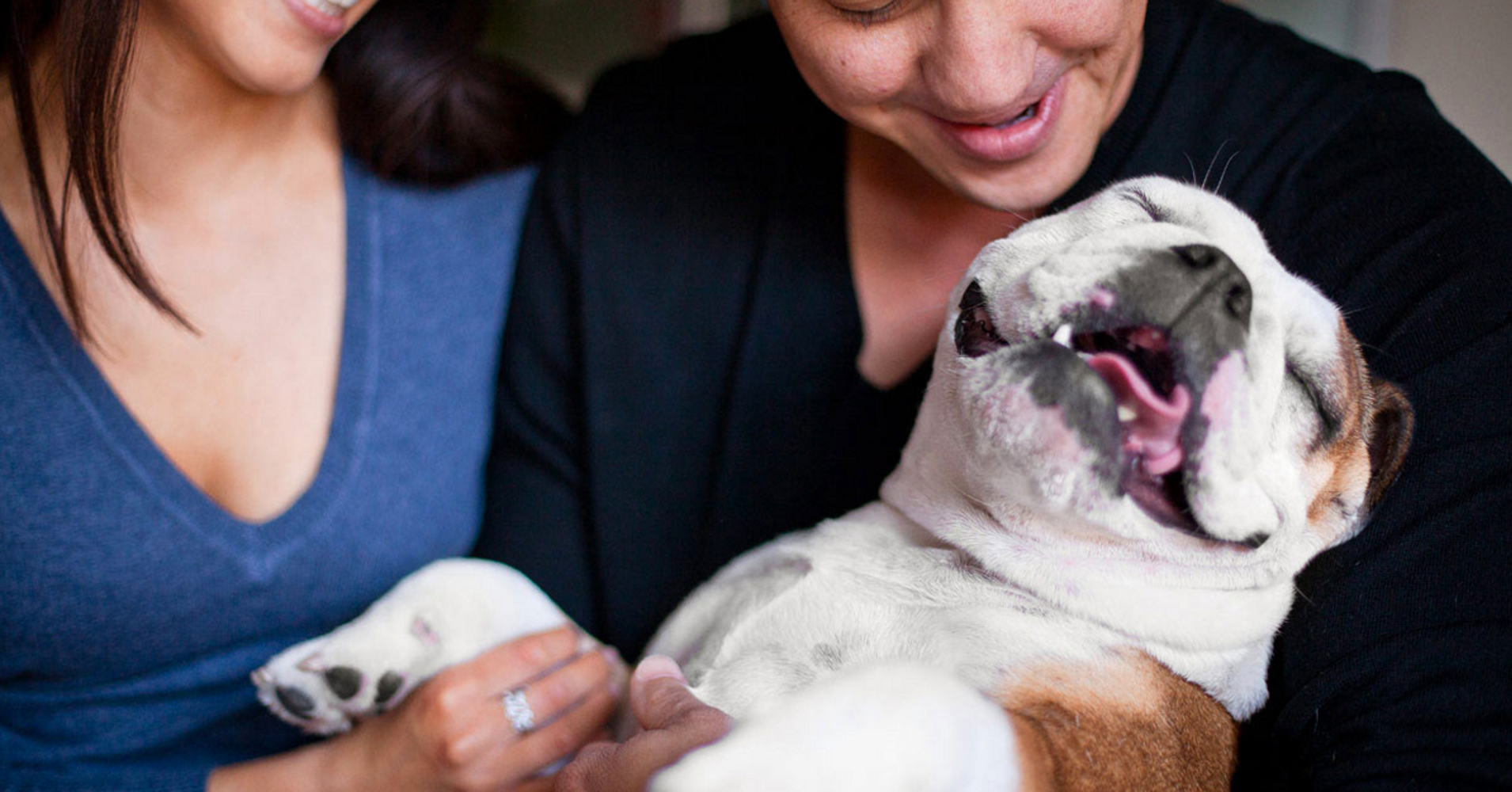AI in photojournalism is revolutionizing the way we capture and preserve visual narratives in an age where digital technology often blurs the line between reality and fabrication. Emmy award-winning visual storyteller Kira Pollack argues that while artificial intelligence poses serious ethical dilemmas, it also presents unique opportunities for safeguarding photojournalism’s vital archives. With AI’s potential to enhance visual storytelling, the preservation of digital archives becomes increasingly feasible, allowing future generations to access the rich tapestry of our history. Pollack’s insights shed light on the need for a careful balance between innovation and ethical considerations in AI photography. As discussions about AI’s impact on photojournalism evolve, it’s crucial to explore how this technology can maintain the integrity and authenticity of real-world images while addressing the pressing concerns surrounding photojournalism preservation.
The incorporation of artificial intelligence in the realm of visual communication represents a significant shift for those documenting global events. This emerging trend raises vital questions surrounding the legacy of imagery captured by photojournalists, who have often gone to great lengths to create an authentic visual record of history. Concern surrounding the ethical implications of AI-generated content is paramount as creators and audiences grapple with issues of trust and authenticity. As we explore the intersection of technology and journalism, the need to innovate responsibly becomes clearer, emphasizing the importance of protecting the rights of photographers while enhancing our capacity for preservation. In this dynamic landscape, understanding the dual roles of AI—as a threat and a tool—underscores the significance of thoughtful dialogue among stakeholders in the field.
The Role of AI in Photojournalism Preservation
The advent of artificial intelligence has ignited a complex conversation around the ethics and future of photojournalism. One significant concern is preserving the rich visual history captured by photojournalists amidst rapid technological changes. AI in photojournalism preservation is more than a trend; it represents a pivotal opportunity. By leveraging AI, institutions can create digital archives that safeguard invaluable photographs from being lost or forgotten. This technology can assist in categorizing and contextualizing images, making it easier for future generations to access and understand these crucial visual narratives.
However, the integration of AI into photojournalism also comes with challenges. Questions surrounding the ethics of using AI in archiving exist, especially when considering issues like copyright infringement and the authenticity of images. The challenge lies not just in preserving images, but in doing so in a way that respects the original photographers’ rights and intentions. Kira Pollack’s work exemplifies this nuance; she is exploring how AI can serve the greater good, ensuring that archives remain dynamic and true to the narratives they encapsulate.
Challenges Facing Photojournalism in the Digital Age
In today’s digital landscape, photojournalism faces unprecedented challenges driven by the rise of synthetic images. The captivating power of AI-generated content often threatens the authenticity of real photojournalistic work, creating a blur between what is real and what is fabricated. Concerns over copyright violations—where photographers’ works are used by AI models without consent—are rampant. Such issues undermine the very essence of photojournalism, which thrives on trust and credibility. As Pollack points out, understanding the implications of AI is vital for defining how the field can adapt and protect itself from these threats.
Moreover, as AI technologies evolve, the sheer volume of images generated can overwhelm traditional storytelling methods. This avalanche runs the risk of diluting the potency found in visual storytelling, where each photo is a carefully composed narrative. Pollack’s investigation into the complexities of photo archives is an attempt to counter this trend, creating a bridge between modern technology and the integrity of historical visuals. By focusing on ethical considerations and championing authentic visual narratives, there lies an opportunity to reposition photojournalism as not just a craft but an essential archive of our collective memory.
Kira Pollack’s Insights on AI and Visual Storytelling
As a seasoned visual storyteller, Kira Pollack emphasizes the importance of adapting to the changing landscape brought by AI, while still adhering to the foundational elements of photojournalism: truth, authorship, and memory. Her insights advocate for a balance between embracing technological innovation and safeguarding traditional values in visual storytelling. Pollack seeks to understand how AI can be harnessed to enhance, rather than exploit, the work of photographers, allowing them to maintain a significant role in shaping narratives that reflect reality.
Pollack’s approach is rooted in collaboration across disciplines, seeking input from technologists, ethicists, and photographers alike. This cross-pollination of ideas fosters a deeper understanding of how AI can not only preserve archives but enhance narrative depth. The challenge lies in translating technological advancements into ethical frameworks that respect the intentions of photographers and the historical contexts of their work. By advocating for a future where AI helps illuminate the storytelling potential of visual media, Pollack is contributing to a broader discussion about the role of technology in preserving the essence of photojournalism.
Future Directions: Ethical AI in Photojournalism
As the landscape of photojournalism evolves, ethical considerations surrounding AI’s role are becoming increasingly critical. The potential for AI technologies to alter public perceptions raises urgent questions regarding authorship and accountability in journalism. Kira Pollack’s work aims to navigate this precarious terrain, providing pathways for integrating AI into photojournalism in a way that honors the public trust. Crucially, her research focuses on ensuring that AI applications do not compromise authenticity or violate copyright protections.
Moreover, Pollack advocates for a proactive approach in which photojournalists and technologists collaborate to create guidelines for ethical AI use in the field. By establishing frameworks for consent and transparent usage, the industry can harness AI’s capabilities while preserving the unique qualities of individual photographers’ work. This forward-thinking stance aims not only to mitigate risks but also to explore AI’s positive contributions toward documenting history through a more nuanced and accessible lens. Emphasizing ethical practices will ultimately fortify the backbone of photojournalism amidst the technological upheaval.
Innovative Technologies and Their Impact on Visual Archives
The rapid advancement of innovative technologies brings both opportunities and threats to visual archives in photojournalism. With the ability to process vast amounts of data, AI can be harnessed to create dynamic digital archives that ensure crucial images and stories are not only preserved but made accessible to a wider audience. Kira Pollack’s initiative highlights that these technologies can play a role in categorizing extensive collections of photographs, allowing important narratives to emerge that might otherwise remain hidden.
However, even as these technologies enhance archive management, they also raise concerns regarding the integrity of the content. The challenge is to ensure that the rich history represented in these archives is not lost amid the convenience of digital access. By championing a model that leverages AI responsibly, Pollack aims to inspire a future where technology complements the artistry and impact of photojournalism, facilitating a deeper engagement with visual storytelling while safeguarding the original intent and authenticity of the work.
The Impact of AI on Copyright in Photojournalism
The intersection of AI and copyright law presents a formidable challenge for photojournalism as the ethical implications of utilizing AI-generated content come under scrutiny. As Pollack notes, the potential for AI systems to scrape images for data without permission raises significant questions regarding the ownership and authorship of visual content. For photographers, ensuring their work is protected in this digital age is paramount, particularly as AI-generated visuals continue to proliferate online.
Advocating for stringent copyright protections will be essential in safeguarding the future of photojournalism. Pollack’s research encourages a deeper dialogue about the rights of creators in an era dominated by AI technologies. It is crucial for the photojournalism community to engage with policymakers and technologists to create fair frameworks that not only protect individual photographers’ rights but also promote the responsible use of AI, thereby prioritizing the ethical implications surrounding the use of imagery in storytelling.
Reimagining Digital Archives for Future Generations
Efforts to preserve the legacies of photojournalists hinge on reimagining digital archives in an age defined by rapid technological advancements. Pollack’s vision focuses on transforming traditional static archives into living narratives that reflect the complexity and depth of the work created by photographers throughout history. Archiving images digitally not only serves the purpose of preservation but also fosters greater engagement with past events, igniting public interest in visual storytelling.
Collaboration with tech companies and experts can facilitate this transformation, creating immersive digital experiences that provide context and background to the photographs stored in these archives. Such innovations can enhance public understanding of photojournalism’s role in shaping collective memories. As Pollack explores the intersection of technology and storytelling, her goal is to ensure that archives remain relevant, dynamic, and accessible to future generations, offering a comprehensive understanding of the world through the lens of photojournalism.
Visual Storytelling in an Age of Misinformation
The proliferation of misinformation in today’s media landscape poses a significant challenge for photojournalism, making the role of visual storytelling even more crucial. In an environment where images are manipulated or misrepresented, the authenticity of genuine photojournalistic work is paramount. Pollack emphasizes the necessity of reinforcing the values of truth and memory in visual storytelling, especially as audiences become increasingly skeptical of images shared online.
Integrating AI can aid in combating misinformation by helping to verify and authenticate images before they are disseminated. By employing advanced algorithms to analyze the context and origin of photographs, the industry can enhance trust in visual media. Pollack’s focus on leveraging AI ethically aims to create a framework where photojournalists can protect their work while contributing to a more truthful visual narrative, reinforcing the foundational principles of journalism in an era marked by uncertainty.
Engaging Stakeholders in the Future of Photojournalism
Engaging diverse stakeholders is pivotal for shaping the future of photojournalism, particularly in navigating the complexities introduced by AI. Pollack’s work at the Shorenstein Center highlights the importance of dialogue between photojournalists, technologists, and ethicists to collaboratively address the challenges posed by technology. By including voices from various disciplines, the effort to find solutions to critical issues like archival preservation and the ethical use of AI can become more nuanced and effective.
Such collaborations not only foster innovative ideas, but also drive policy changes that align with the core values of journalism. As photojournalism navigates through transformative times, ensuring a multifaceted approach will be key to addressing concerns around trust, ownership, and the integrity of visual storytelling. Pollack advocates for a proactive stance in engaging with these vital conversations, empowering the photojournalism community to not merely react to changes in technology but rather actively participate in shaping its trajectory.
Frequently Asked Questions
How is AI transforming photojournalism preservation?
AI is revolutionizing photojournalism preservation by providing tools to catalog, organize, and analyze vast archives of images. Professionals like Kira Pollack are exploring how AI can help preserve visual documentation of historic events by making these archives more accessible and searchable while maintaining integrity.
What ethical considerations arise with AI in photojournalism?
The ethical implications of AI in photojournalism include issues related to copyright, ownership, and the potential for misleading imagery. Kira Pollack emphasizes the importance of using AI responsibly to protect photographers’ works from unauthorized use while enhancing the authenticity of visual storytelling.
Can AI enhance visual storytelling in photojournalism?
Yes, AI can significantly enhance visual storytelling by providing deeper context and insights into photographs. By analyzing images, AI can help reveal the narrative behind a photo, making it more immersive for viewers and preserving the intent of the photographer.
What are the challenges facing AI in the context of photojournalism archives?
One major challenge is ensuring that AI tools respect the rights and legacy of photographers while effectively cataloging and preserving their work. Kira Pollack’s research focuses on addressing the risks of unauthorized data use and maintaining the authenticity of photojournalism archives in the AI age.
How can AI help protect the integrity of photojournalism?
AI can protect the integrity of photojournalism by assisting in the careful curation of archives and ensuring proper attribution of images. By utilizing AI to manage these archives, photojournalists can safeguard their work against misuse while making it more discoverable and impactful.
What insights does Kira Pollack provide about AI technology and photography?
Kira Pollack offers valuable insights on AI technology’s dual role in both threatening and preserving photography. She advocates for a proactive approach in understanding AI’s potential applications for safeguarding photojournalism while being aware of its ethical implications.
How might archives benefit from AI technology according to Kira Pollack’s research?
According to Kira Pollack, AI technology can help transform archives from static collections into dynamic resources. By enhancing searchability and contextualizing photos, AI can ensure that the visual history captured by photojournalists remains relevant and accessible for future generations.
What role does AI play in ensuring the future of photojournalism?
AI plays a critical role in securing the future of photojournalism by helping to document and preserve the visual record of our times, especially through its ability to analyze and organize extensive archives. This approach not only safeguards content but also upholds the truth and memory essential to journalism.
| Key Point | Details |
|---|---|
| Threats of AI | AI threatens photojournalism through copyright violations and synthetic images that blur trust. |
| Potential Solutions | Kira Pollack is exploring how AI can help preserve visual archives and maintain the integrity of photojournalism. |
| Archive Preservation | Archives contain significant yet underutilized visual histories documenting essential global events. |
| Case Studies | Pollack’s team conducted studies using photos from conflicts to analyze AI interpretation of complex images. |
| Ethical Concerns | There’s a need to protect photographers’ rights while utilizing AI for archival assistance. |
| Fellowship Goals | Engage in discussions about AI’s impact and how it can align with photography’s core values. |
Summary
AI in Photojournalism presents both significant challenges and exciting opportunities for the future of visual storytelling. While the advancement of artificial intelligence threatens the authenticity and copyright of photographic work, it also holds the potential to safeguard the archives that document pivotal moments in history. Kira Pollack’s research reveals a unique intersection where technology can empower photojournalists by organizing and preserving their compelling stories effectively. Emphasizing the importance of understanding AI’s role in maintaining the integrity of photography is essential, as we navigate through a rapidly evolving digital landscape.



